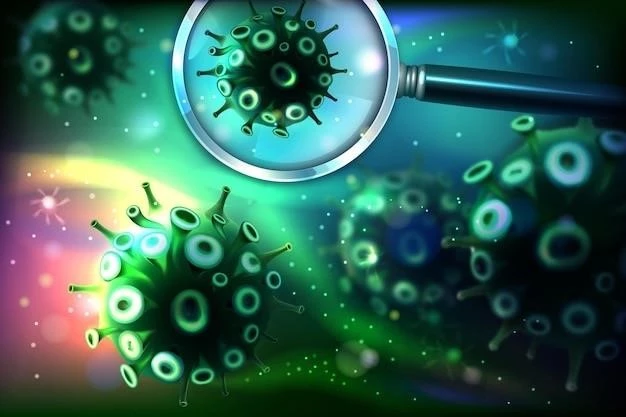Overview of Anti-plasmin Deficiency
Causes of Anti-plasmin Deficiency⁚ The deficiency is primarily genetic in nature.
Genetic Factors and Inheritance Patterns
Anti-plasmin deficiency is inherited in an autosomal recessive manner, meaning both parents must pass on a defective gene for a child to develop the condition. The genetic mutation affects the body’s ability to produce sufficient anti-plasmin, leading to increased bleeding tendencies.

Symptoms and Diagnosis of Congenital Anti-plasmin Deficiency
Symptoms of Anti-plasmin Deficiency⁚ Excessive bleeding, easy bruising, and prolonged bleeding after injury.
Symptoms of Anti-plasmin Deficiency
Common symptoms include prolonged bleeding from minor cuts, nosebleeds, and bleeding gums. Women may experience heavy menstrual bleeding. Individuals may also have excessive bruising, blood in the urine or stools, and joint bleeding.
Diagnosis of Anti-plasmin Deficiency
Diagnosis involves blood tests to measure anti-plasmin levels and assess the blood’s clotting ability. Genetic testing can identify specific gene mutations associated with the deficiency. Medical history, symptoms, and family history are also considered in the diagnostic process.
Treatment Options for Anti-plasmin Deficiency
Medical Treatments⁚ Replacement therapy with anti-plasmin concentrates or fresh frozen plasma.
Medical Treatments
Treatment options for anti-plasmin deficiency include replacement therapy using anti-plasmin concentrates or fresh frozen plasma. These treatments can help improve clotting ability and reduce the risk of excessive bleeding episodes in individuals with the deficiency.
Management Strategies for Congenital Anti-plasmin Deficiency
Lifestyle Modifications⁚ Avoiding activities that may increase the risk of injury or bleeding.
Lifestyle Modifications
Individuals with anti-plasmin deficiency should refrain from contact sports, vigorous physical activities, and take precautions to prevent injuries. It is essential to maintain a balanced and healthy lifestyle to minimize the risk of bleeding episodes.
Complications and Research Advances
Complications⁚ Risk of severe bleeding episodes and joint damage due to inadequate clotting.
Complications Associated with Anti-plasmin Deficiency
Complications of anti-plasmin deficiency include the risk of severe bleeding episodes, which can lead to anemia, organ damage, and life-threatening situations. Individuals with this condition may also experience joint damage due to recurrent bleeding episodes.
Research Advances in Treating Congenital Anti-plasmin Deficiency
Recent research has focused on developing gene therapies and novel treatments to address anti-plasmin deficiency. These advancements aim to improve clotting function and reduce the frequency of bleeding episodes in affected individuals. Clinical trials are ongoing to assess the efficacy and safety of these innovative approaches.
Support and Resources
Support Groups⁚ Joining support groups can provide valuable understanding and emotional assistance.
Support Groups
Support groups offer individuals with anti-plasmin deficiency a platform to share experiences, receive emotional support, and access valuable information. Connecting with others facing similar challenges can help in coping with the condition and navigating the healthcare system effectively.
Resources for Individuals with Anti-plasmin Deficiency
Various resources are available for individuals with anti-plasmin deficiency, including educational materials, online forums, and guidance on managing the condition. Healthcare providers, specialty clinics, and patient advocacy organizations can provide valuable information and support to enhance the quality of life for those affected by this rare condition.
